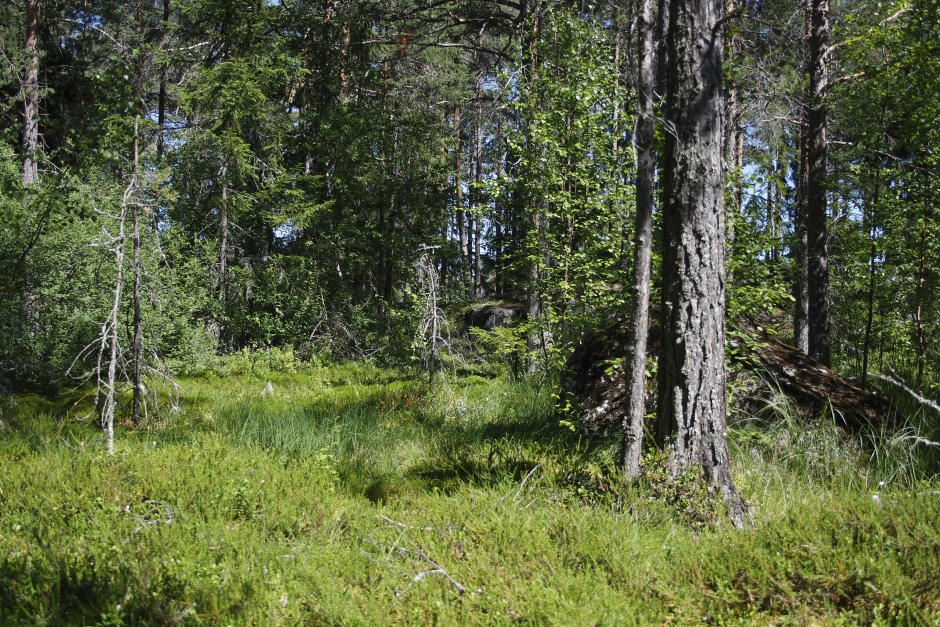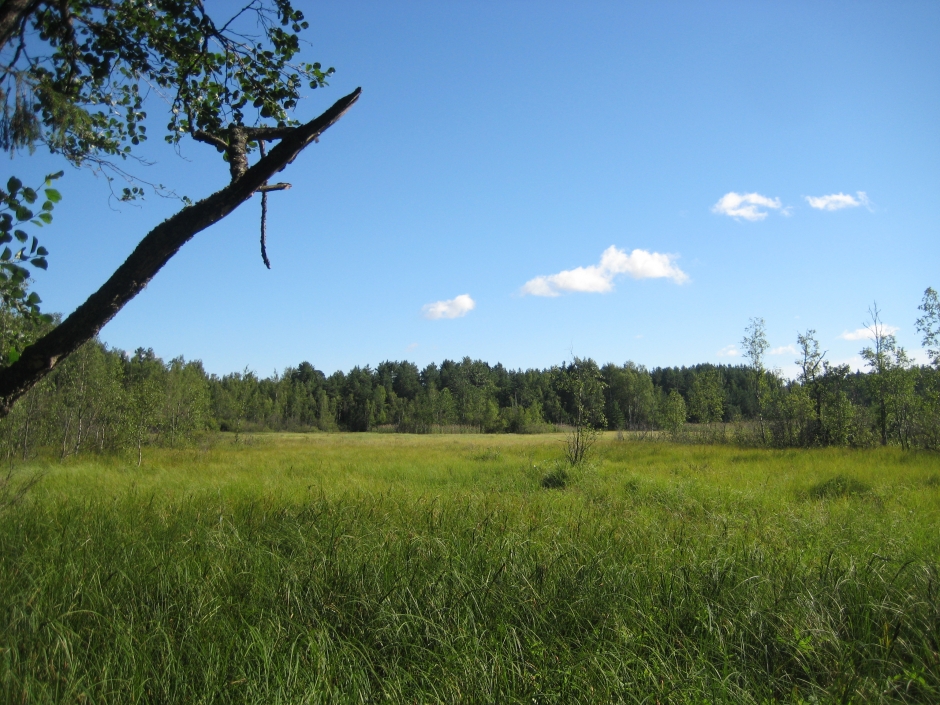Gerby

Gerby is located around 5.5 kilometers north of the city centre. This area is dominated by detached housing and vast nature landscapes. The diverse selection of habitats ranges from lush, waterfront groves in the valleys to sparse pine forests along the ridges. Typical forest plants, such as May lilies, can be found here. There are also many apple trees dispersed throughout the area, telling the story of the long gone gardens at the point of Gerby. Adding to the already diverse landscape is Holmsslätorna, a paludified area. Every aspect of the landscape structure can be experienced across the terrain of Gerby, from ridges and slopes to valleys and waterfronts. Gerby is a large area, best experienced by bicycle or foot.
During 2005 to 2008, a total of 69 species of nesting birds were observed at the point of Gerby. This is significantly more than elsewhere in the city, as the average number of species overall is 46 species/ km². Nesting in the forests are, for example, various tits, the Eurasian treecreeper, European robin, finches and thrushes. In the deciduous forests, the blackcap and various warblers can be found, such as the wood, garden and icterine warbler.
Nesting on the grassy islet, close to the Gerby marina, are common, black headed and little gulls along with arctic and common terns. The same islet provides a habitat to mallards and tufted ducks. With the aid of binoculars, it is possible to spot the horned and great crested grebe as well as the red-breasted merganser, roaming in nearby waters. Waders present in this area include the Eurasian oystercatcher, common redshank and common sandpiper.
The best time of year for bird watching in Gerby is from February to July. In the early morning hours during April and May, spectacular morning concerts float through the Gerby forests. Amongst this harmony, the whistle of the hazel grouse or the brittle chirrup of the dunnock may also be heard. The drumming call of the great spotted woodpecker can also be heard through the Gerby forests early in spring.
The waterfront groves and lush forest valleys come to life in May, with the warblers returning from wintering, completing the ensemble. During evenings from the middle of May, the powerful song of the thrush nightingale emerges in the Gerby forests.

